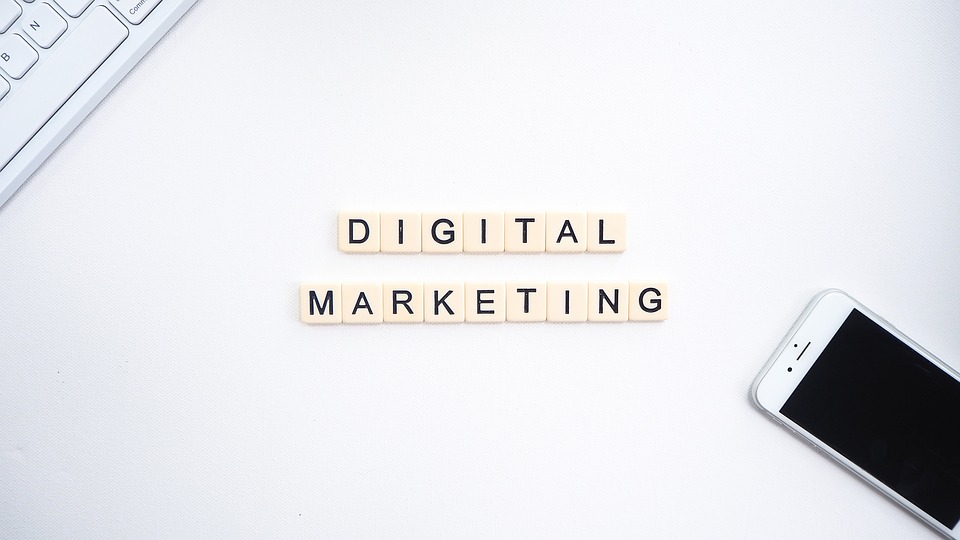In an era driven by digital transformation, the way businesses communicate with their audiences has significantly evolved. Among various digital marketing strategies, email marketing stands out as one of the most effective and cost-efficient ways to grow a business. According to Campaign Monitor, email marketing generates $42 for every $1 spent, highlighting a remarkable return on investment (ROI). Whether you’re a start-up or an established enterprise, leveraging email marketing can propel your business forward. This article provides an in-depth guide on how to use email marketing to grow your business.
Understanding Email Marketing
Email marketing involves sending commercial messages to a group of people using email. It is a direct form of marketing that allows businesses to communicate with current and prospective customers. Different types of email marketing include newsletters, promotional emails, transactional emails, and triggered emails.
Building Your Email List
1. Offer Value-Driven Incentives
To cultivate a substantial email list, provide value to your audience. This can be in the form of exclusive content, discounts, or free resources like eBooks and webinars. Ensure that the incentive is compelling enough to encourage visitors to subscribe.
2. Optimize Sign-Up Forms
Place sign-up forms strategically across your website, including the homepage, blog posts, and landing pages. Keep the form simple; asking for too much information upfront can deter potential subscribers. Typically, an email address and first name are sufficient for initial subscriptions.
3. Leverage Social Media
Promote your email sign-up forms on social media platforms. You can use organic posts and paid ads to reach a broader audience. Encourage your followers to subscribe to your email list by emphasizing the value they will receive.
Crafting Effective Email Campaigns
4. Segmentation
Segmenting your email list involves dividing your subscribers into smaller groups based on specific criteria such as demographics, purchasing behavior, and engagement levels. This allows you to tailor your messages more effectively, resulting in higher engagement rates.
5. Personalization
Personalization goes beyond using the recipient’s first name. Use data-driven insights to send relevant and timely content. For example, if a customer recently purchased a product, you could send them a thank-you email followed by related product recommendations.
6. Compelling Subject Lines
The subject line is the first thing your recipient sees, and it plays a crucial role in open rates. Craft engaging, concise, and intriguing subject lines to capture attention. Avoid using all caps and excessive punctuation, which can trigger spam filters.
7. Quality Content
The content of your email should be valuable, informative, and engaging. Whether it’s a promotional email, a newsletter, or a product update, ensure that the content aligns with your audience’s interests and needs. Use a mix of text, images, and videos to make your emails visually appealing.
Automating Your Email Marketing
8. Welcome Series
A welcome email series is an automated sequence sent to new subscribers to introduce your brand, set expectations, and provide valuable content. This helps in building a strong relationship from the onset.
9. Abandoned Cart Emails
Automated abandoned cart emails can recover lost sales by reminding customers of the items they left behind. Offering an incentive, such as a discount or free shipping, can further entice them to complete the purchase.
10. Post-Purchase Follow-Up
Send automated follow-up emails after a purchase to thank the customer, confirm order details, and suggest related products. This can enhance customer experience and encourage repeat business.
Analyzing and Optimizing Campaigns
11. Track Key Metrics
Monitoring metrics such as open rates, click-through rates, conversion rates, and unsubscribe rates is essential. These metrics provide insights into how well your campaigns are performing and where there might be room for improvement.
12. A/B Testing
A/B testing involves sending two variations of an email to a small segment of your list to determine which performs better. Test different elements like subject lines, content, and calls to action. Apply the insights gained to optimize future campaigns.
13. Regularly Clean Your List
Regularly removing inactive subscribers from your list helps improve engagement rates and ensures that your emails are being sent to people who are interested in your content. Sending emails to a disengaged audience can lead to higher bounce rates and spam complaints.
Adhering to Legal and Ethical Standards
14. Comply with Laws
Ensure that your email marketing practices comply with regulations such as the CAN-SPAM Act in the United States and the GDPR in Europe. These laws require you to obtain explicit consent from recipients, provide a clear option to unsubscribe, and include your business’s contact information.
15. Respect Privacy
Respecting your subscribers’ privacy is paramount. Be transparent about how you collect, store, and use their data. This builds trust and encourages long-term engagement.
Benefits of Email Marketing
16. Cost-Effectiveness
Email marketing is relatively affordable compared to other marketing strategies. Most email marketing platforms offer scalable pricing models, allowing businesses of all sizes to participate.
17. Targeted Communication
With segmentation and personalization, you can send highly targeted messages that resonate with specific groups within your audience. This increases the likelihood of engagement and conversions.
18. Measurable Results
Email marketing platforms provide detailed analytics that help you understand the effectiveness of your campaigns. You can measure ROI and make data-driven decisions to enhance future strategies.
Conclusion
Email marketing is a powerful tool that, when used correctly, can drive significant growth for your business. By building a quality email list, crafting compelling campaigns, automating where possible, and analyzing performance, you can create a highly effective email marketing strategy. Remember to adhere to legal standards and continually optimize your approach based on data and feedback.
With dedication and the right tactics, email marketing can help you build lasting relationships with your audience, foster customer loyalty, and ultimately, drive sales and revenue growth. Don’t overlook the potential of this tried-and-true marketing channel—start capitalizing on email marketing today to give your business the boost it deserves.


